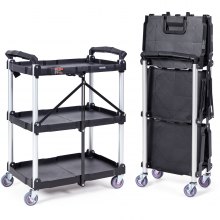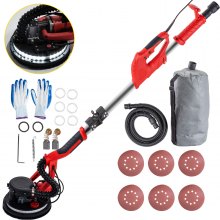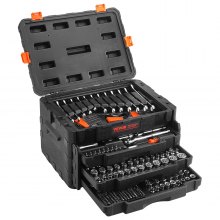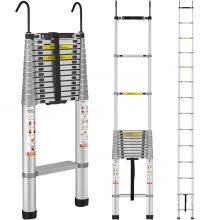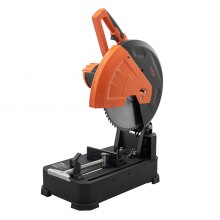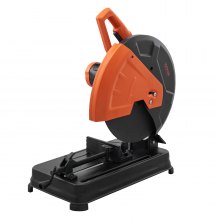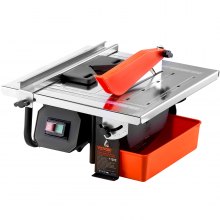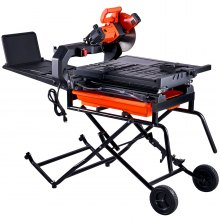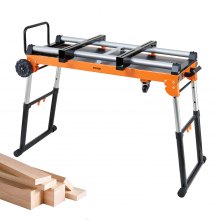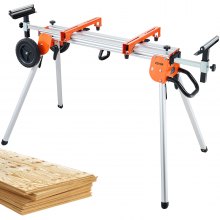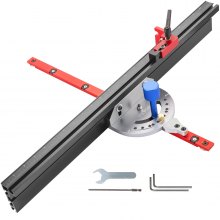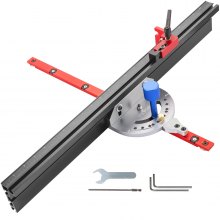The Ultimate Guide to Choosing and Using a Miter Saw for Your Next DIY Project
When it comes to precision cutting for your DIY projects, nothing beats the efficiency and accuracy of a miter saw. Whether you're framing pictures, crafting custom furniture, or installing baseboards, a miter saw can elevate your work from good to excepxional. This guide will walk you through everything you need to know about miter saws, ensuring you're well-equipped to choose and use this versatile tool for your next project.
Understanding Miter Saws: Types and Uses
The Anatomy of a Miter Saw
At its core, a miter saw comprises a blade mounted on a swing arm that pivots left or right to make cuts at various angles. They are indispensable for making quick, precise cuts in wood, including straight, miter, bevel, and compound cuts. Understanding the anatomy of a miter saw is the first step to harnessing its full potential.
Different Types of Miter Saws
Miter saws come in several types, each suited to specific tasks. Basic miter saws make straight and miter cuts, while compound miter saws can tilt in one direction to make bevel cuts. Dual-compound miter saws tilt in both directions, allowing for more complex cuts. For ultimate flexibility, sliding compound miter saws combine all these features with a sliding mechanism, enabling wider cuts.
Choosing the Right Miter Saw for Your Project
Your project's scope and complexity will determine the best miter saw for your needs. Consider the materials you'll be cutting, the types of cuts required, and your project's scale when selecting a saw. For most DIYers, a compound miter saw offers a good balance between versatility and price.
Setting Up Your Miter Saw for Success
Safety First: Preparing to Use Your Miter Saw
Before making your first cut, familiarize yourself with the miter saw's safety features and proper use. Always wear safety glasses and ear protection, and ensure the saw is securely mounted on a stable surface. Keep your hands away from the blade and follow the manufacturer's instructions carefully.
Making Your First Cut
Start with simple cuts to gain confidence. Practice on scrap wood to familiarize yourself with the saw's operation, adjusting angles, and using clamps to secure your workpiece. Remember, accuracy comes with practice, so take your time to master your miter saw.
Miter Saw Maintenance and Troubleshooting
Keeping Your Miter Saw in Top Condition
Regular maintenance is key to the longevity and performance of your miter saw. Keep the blade clean and sharp, and periodically check for alignment. Lubricate moving parts as recommended, and keep the saw dust-free to ensure smooth operation.
Troubleshooting Common Miter Saw Problems
Encountering issues like inaccurate cuts or a malfunctioning blade? First, check that the saw is calibrated correctly. A misaligned blade or fence can lead to inaccurate cuts. If the blade wobbles or doesn't spin freely, inspect it for damage or consider replacing it.
Advanced Techniques and Tips
Mastering Precision Cuts
Precision is paramount when working with a miter saw. Use stop blocks for repetitive cuts to ensure consistency. For angled cuts, double-check your measurements and settings. A digital angle finder can be a valuable tool for achieving perfect angles every time.
Creative Projects to Try With Your Miter Saw
With a miter saw, the possibilities are endless. Consider building picture frames, creating custom shelving, or even constructing a wooden bench. Each project will help you hone your skills and potentially spark new ideas for future creations.
Embrace the Possibilities with VEVOR
Why Choose VEVOR for Your Miter Saw Needs?
VEVOR stands out in the world of woodworking tools for its commitment to quality, innovation, and customer satisfaction. Our range of miter saws caters to both beginners and seasoned DIYers, ensuring that every project is completed with precision and ease. With VEVOR, you're not just buying a tool; you're investing in a partner for your DIY journey.
Taking the Next Step
Now that you're equipped with the knowledge and insights on choosing and using a miter saw, it's time to take the next step. Explore VEVOR's selection of miter saws and accessories to find the perfect match for your next project. Remember, with the right tool and a bit of practice, your DIY projects can achieve professional-grade results. Happy crafting!
Frequently Asked Questions About Miter Saws
What Is a Miter Saw?
A miter saw is a versatile power tool equipped with a pivoting blade that enables users to make cuts at a variety of angles. It's designed for precision and is ideal for crafting angled cuts, such as those needed for framing, trim work, and other detailed woodworking projects.
Can I Use a Miter Saw to Cut Materials Other Than Wood?
While miter saws are primarily designed for wood, with the appropriate blade, they can also cut through materials like aluminum, plastic, and even mild steel. Always ensure you're using the correct blade type for the material you intend to cut.
What's the Difference Between a Compound Miter Saw and a Sliding Miter Saw?
A compound miter saw allows you to make angled and beveled cuts, tilting in one direction, while a sliding miter saw adds the ability to move the blade back and forth, increasing the length of cut it can achieve. Some saws combine these features, offering the most versatility for complex projects.
How Do I Choose the Right Blade for My Miter Saw?
The right blade for your miter saw depends on the material you plan to cut and the type of cuts you'll be making. Blades are differentiated by their diameter, the number of teeth, and the material they're designed to cut. For fine, precise cuts in wood, a blade with more teeth is preferable.
Is It Necessary to Wear Safety Gear When Using a Miter Saw?
Absolutely. Safety glasses protect your eyes from flying debris, while ear protection reduces the risk of hearing damage from prolonged noise exposure. Additionally, wearing a dust mask is advisable to prevent inhalation of sawdust, especially during extended use.
How Often Should I Maintain My Miter Saw?
Regular maintenance is crucial to keep your miter saw in opximal condition. This includes cleaning the saw after each use, checking the blade for dullness or damage, ensuring all parts are properly aligned, and lubricating moving components as needed.
Can I Make a Straight Cut with a Miter Saw?
Yes, miter saws are capable of making straight cuts. Although they are often used for angled cuts, setting the blade angle to 0 degrees allows for precise straight cuts, making it a versatile tool for various project needs.
What Safety Features Should I Look For in a Miter Saw?
Key safety features include a blade guard, which protects you from the spinning blade; an electric brake, which stops the blade quickly once the trigger is released; and a lock-off trigger, preventing accidental start-ups. These features significantly enhance the safety of using a miter saw.
How Do I Calibrate My Miter Saw for Accurate Cuts?
To ensure your miter saw makes accurate cuts, it's important to calibrate it regularly. This process involves adjusting the blade and fence alignments, checking the bevel and miter settings, and verifying the accuracy with test cuts. Refer to your saw's manual for specific calibration instructions.
What Should I Do if My Miter Saw Isn't Making Accurate Cuts?
If your miter saw isn't producing accurate cuts, first verify that the blade is sharp and correctly installed. Next, check the alignment of the blade and fence, and ensure the miter and bevel settings are correctly adjusted. If issues persist, consider consulting a professional for a thorough inspection.





























